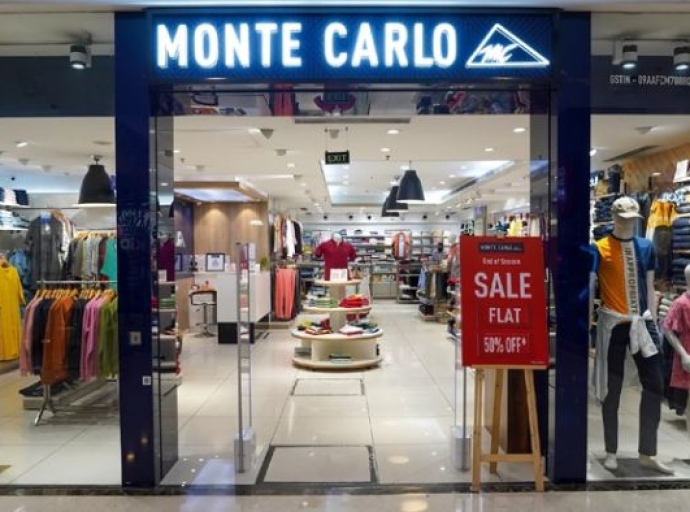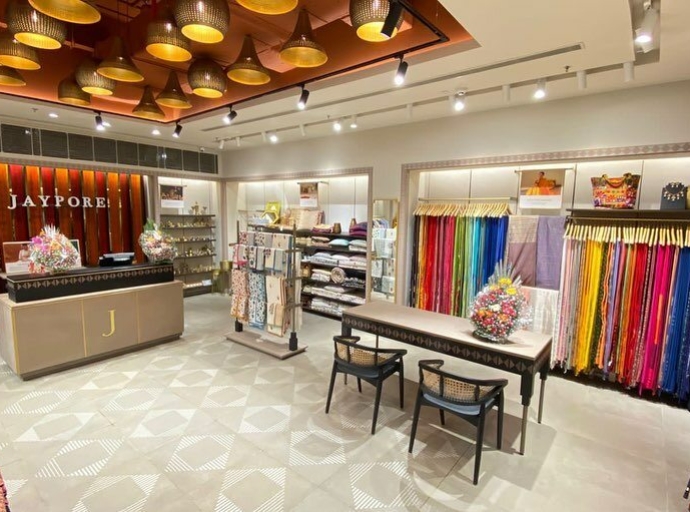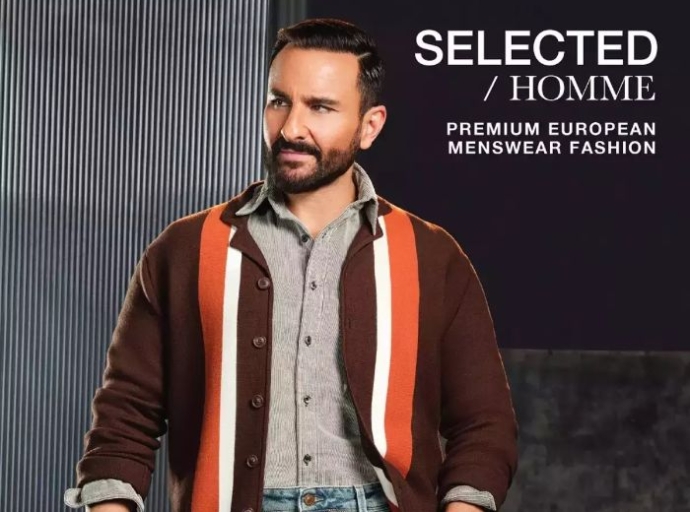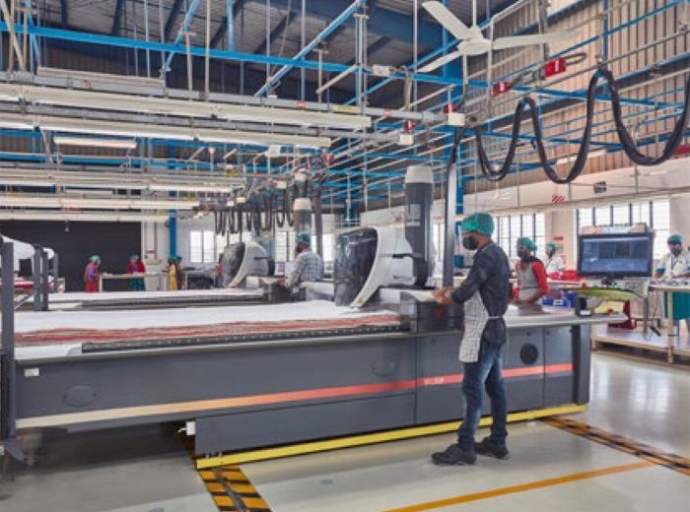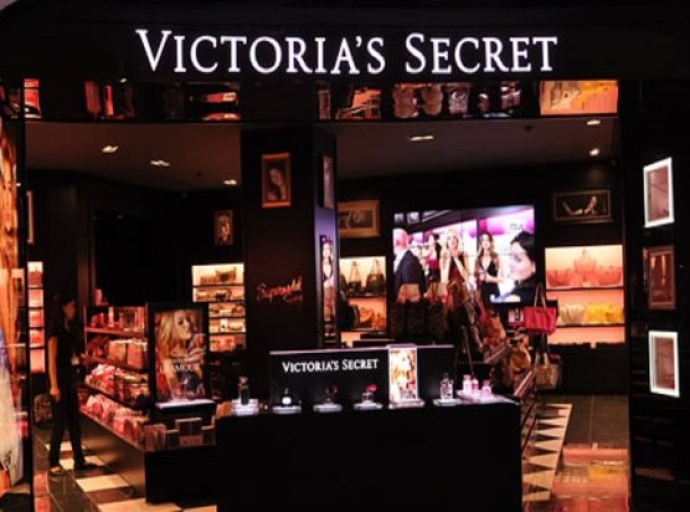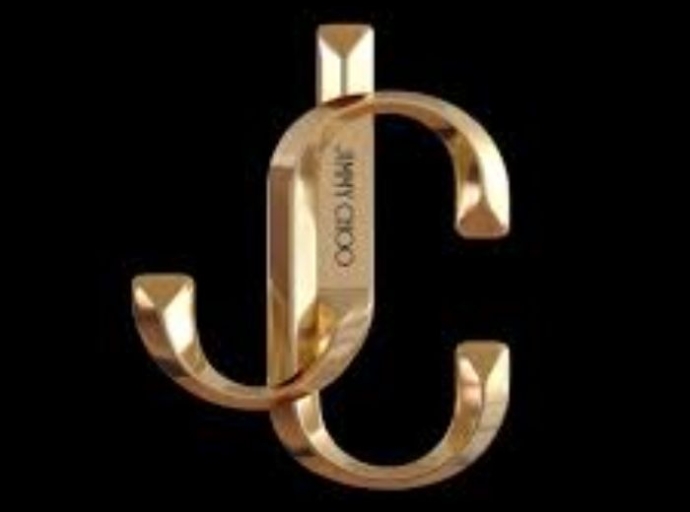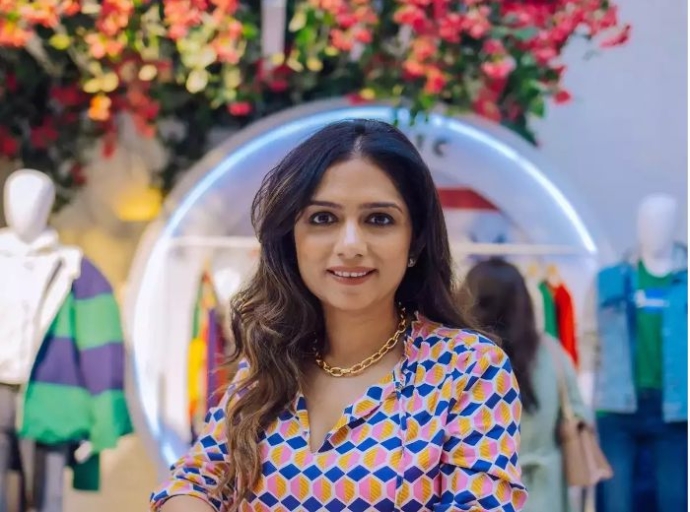20 October 2022, Mumbai:
US Polo Assn has expanded its retail presence with the addition of a new store in Lucknow. With this store launch, Lucknow is now hosting to seven exclusive US Polo Assn stores.
The new store houses the latest autumn/winter collection along with the brand’s other collections and carries the entire range of sportswear, denim, children’s wear, footwear, and innerwear.
US Polo Assn celebrates the tradition and lifestyle of polo by capturing the authenticity, camaraderie, passion, and competitiveness of the sport. US Polo Assn brand products are officially sanctioned by the United States Polo Association, the governing body for the sport of polo in the United States.
US Polo Assn is focusing on key growth regions such as India to fuel its growth and aiming to further expand its retail network across India by opening stores in metros, first and second-tier cities, and beyond. The brand offers premium, relaxed casualwear.
The products are sold through its licensing program in over 135 countries at independent retail stores, department stores and US Polo Assn brand stores.US Polo Assnis retailed in India by Arvind Fashions. US Polo Assn offers apparel for men, women, and children as well as accessories and footwear.


